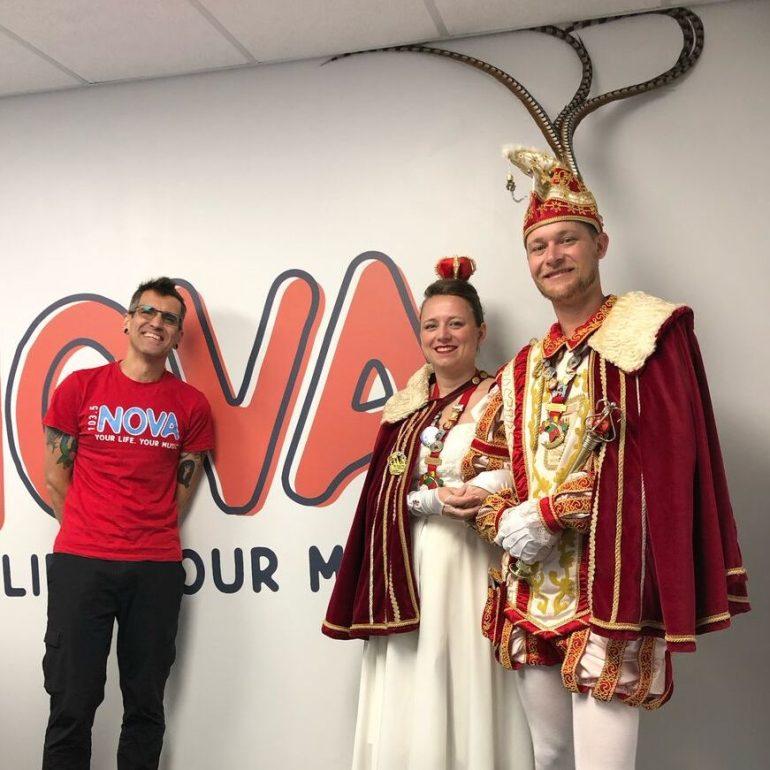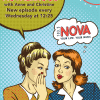
Notting Hill Carnival is renowned for its vibrant steel bands, tantalizing jerk pits, and pulsating sound systems. But this year, it will also showcase a new generation of journalists as young as five, thanks to The Cocoa School of Journalism and Creative Arts. This innovative school, which opened in April, is breaking new ground by nurturing young talent from low-income backgrounds and providing them with a platform to express their creativity.
Founded by Serlina Boyd, the visionary behind the UK’s first major Black children’s magazines, Cocoa Girl and Cocoa Boy, the school offers students hands-on experience in journalism. “We want these children to have real-life experiences,” Boyd explains. “We give them real briefs and let them show the world what they can do.”
The Cocoa School’s inaugural classes during the Easter holidays saw 30 students, aged between five and 17, delving into creative writing, graphic design, and magazine creation. The emphasis was on traditional storytelling, with children crafting handwritten stories. Boyd notes, “When parents heard their children’s stories, they were blown away.”
Located in Beckenham, south London, the school launched a second course in May focusing on the fusion of fashion design and journalism. Upcoming summer sessions will involve designing costumes for the Notting Hill Carnival parade. While workshop tickets are priced at £25, funded places are available through a ‘sponsor a place’ scheme, thanks to community donations.
Boyd’s dedication is evident in her efforts to keep the school running without external funding, relying instead on community support through LinkedIn. She is passionate about giving children from underrepresented backgrounds the chance to shine.
The Cocoa magazines, launched as a Covid project with her daughter Faith, now serve as a powerful platform for young voices. The magazines have become a hit, with the first issue selling over 11,000 copies. Faith remains the editor-in-chief, and the magazines feature stories from young writers alongside interviews with prominent figures like Halle Bailey and Diane Abbott.
The Cocoa publications also tackle important issues, such as vitiligo, helping readers understand and empathize with different conditions. Boyd emphasizes that Cocoa is not just about sharing Black stories but about inclusivity and diverse narratives.
For Boyd, the success of Cocoa and the school is a testament to the power of youthful creativity and community support. “Children are enthusiastic about learning and come back voluntarily,” she says. “That’s what brings me joy.”
As The Cocoa School of Journalism and Creative Arts continues to grow, it promises to be a beacon of hope and opportunity for young journalists from all backgrounds, shaping the future of media with fresh, diverse voices.




 Notting Hill Carnival is renowned for its vibrant steel bands, tantalizing jerk pits, and pulsating sound systems. But this year, it will also showcase a new generation of journalists as young as five, thanks to The Cocoa School of Journalism and Creative Arts. This innovative school, which opened in April, is breaking new ground by nurturing young talent from low-income backgrounds and providing them with a platform to express their creativity.
Notting Hill Carnival is renowned for its vibrant steel bands, tantalizing jerk pits, and pulsating sound systems. But this year, it will also showcase a new generation of journalists as young as five, thanks to The Cocoa School of Journalism and Creative Arts. This innovative school, which opened in April, is breaking new ground by nurturing young talent from low-income backgrounds and providing them with a platform to express their creativity.












